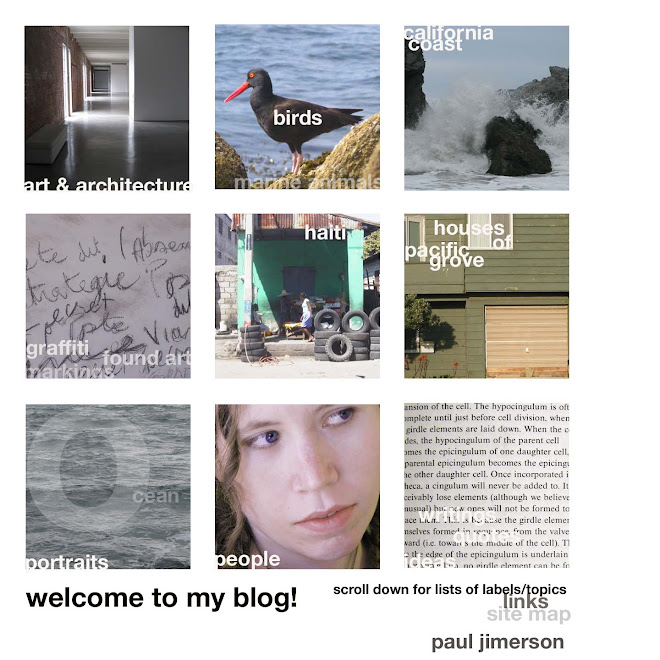
Suprematism ... Term coined in 1915 by Kazimir Malevich for a new system of art, explained in his booklet ... ‘From Cubism and Futurism to Suprematism: the new realism in painting’). The term itself implied the supremacy of this new art in relation to the past. Malevich saw it as purely aesthetic and concerned only with form, free from any political or social meaning. He stressed the purity of shape, particularly of the square, and he regarded Suprematism as primarily an exploration of visual language comparable to contemporary developments in writing. Suprematist paintings were first displayed at the exhibition... ‘The last Futurist exhibition of paintings: .10’ held in Petrograd (now St. Petersburg) in December 1915; they comprised geometric forms which appeared to float against a white background. While Suprematism began before the Revolution of 1917, its influence, and the influence of Malevich’s radical approach to art, was pervasive in the the early Soviet period...” )
From the Grove Dictionary of Art
I felt only night within me and it was then that I conceived the new art, which I called Suprematism.
Kasimir Malevich
Another of my 'art heroes' is Robert Ryman, to whom I have also dedicated photographs; he said in an interview with Donald Kuspit:
[the square] “seems like the most perfect space.”
So, for me (and my work), the square takes on not only a practical way of organizing space, but a kind of metaphysical presence.


No comments:
Post a Comment